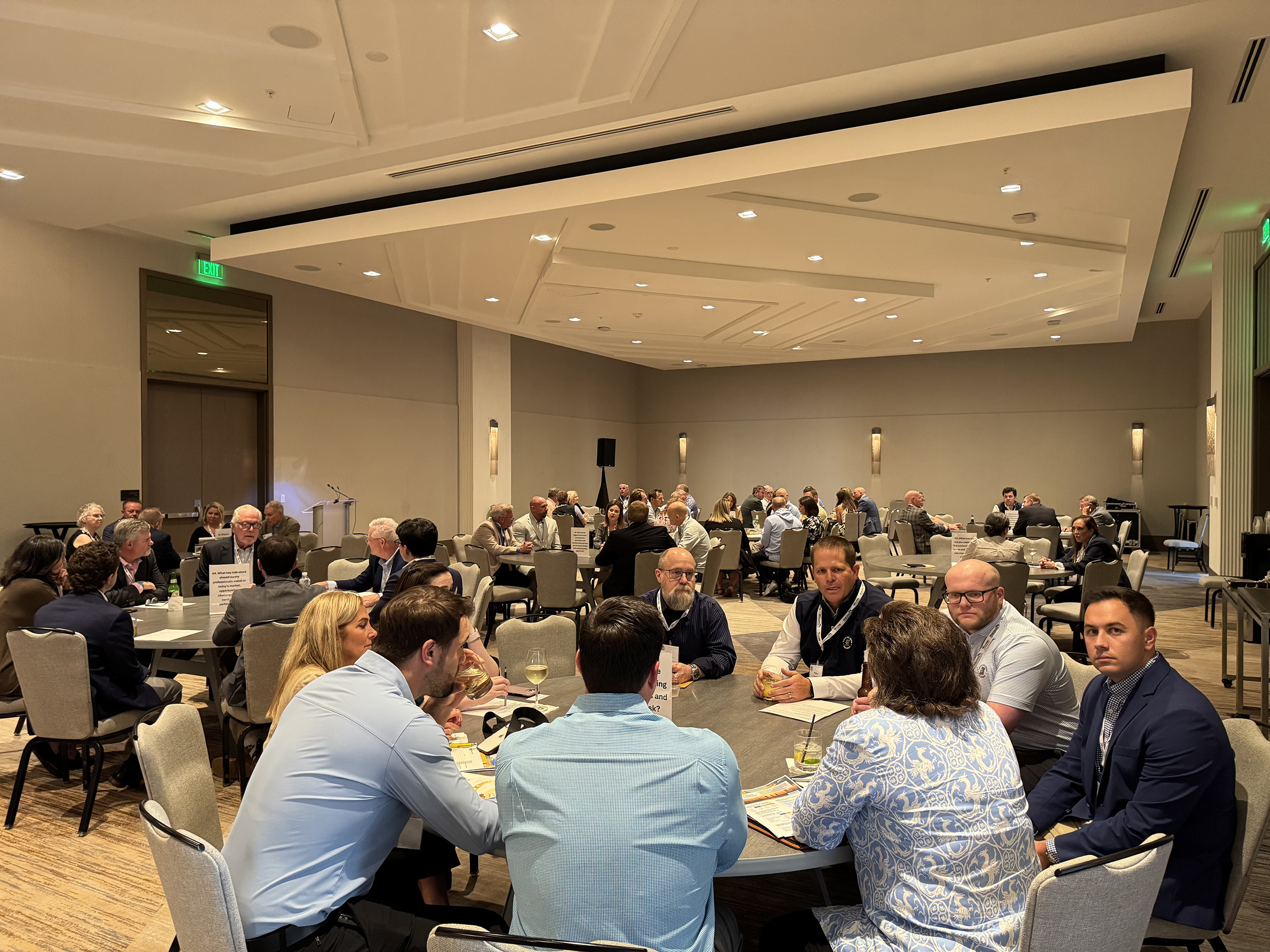Non-Construction Performance Bonds–Everything but Sticks and Bricks

In 2004, the Surety and Fidelity Association of America (SFAA) added a new class code in order to track the premium generated from non-construction performance bonds. This category is primarily comprised of supply and service contract bonds. Even though many contracts that could fall into this class are still being reported under construction contract codes, the growth in the reported premium over the last five years on record is impressive. The SFAA reports $15,077,697 in 2005 with growth to $49,183,621 based on the 2009 preliminary numbers. The industry expects this volume will continue its strong growth as more bonds are properly classified and the trend of government outsourcing to private enterprise continues. Many of these contracts will require performance bonds.
Construction or license and permit trained underwriters are often responsible for underwriting this service-type contract. Many times the underwriter will struggle with the available underwriting information from these clients or the terms and conditions found in the contract itself. There are a number of surety companies that have expanded their commercial bond departments to include underwriters that understand and seek non-construction contract business. You will find that these departments have developed underwriting parameters and financial models that evaluate both the actual risk of the contract being supported and the financial statements available for these types of accounts. Old school “it makes sense” underwriting is very much alive in the “non-sticks and bricks” community.
The risk of loss from default can be considerably less then construction performance bonds. Many exposures are limited to the time needed to find a replacement contractor or supplier. A good example of this is a typical janitorial contract. While the annual contract amount could be $1,000,000, the bond amount is usually about 50% or less. The contract calls for continuous service that is paid for on a monthly basis. In the event of a default, more often than not, the surety will have contractors lined up to take over the services. Therefore, the actual exposure, if any, may be for a month of the contract. The $1,000,000 contract with a $500,000 bond has an expected claim potential of about $84,000.
There are two primary categories within our Commercial Contract Department: Supply and Service.
Supply accounts can include:
office/school supplies, flooring/counters, fencing, modular buildings, work trailers, landscape, portable restrooms, cabinets, printers, computer/electronic equipment, irrigation equipment, boiler/generators, low voltage wiring, software, wireless installations, specialized vehicles, concrete piping and many more.
Service type work can include:
guard/security, transportation/bus, janitorial, entertainment, landscape, photography, window washing, pest control, food service, wireless networking, street sweeping, boiler/generator retrofit, tower maintenance, IT support, Medicaid management, social services, educational testing, waste hauling, debt collecting and much more.
Many agencies can find a wealth of potential bond business within their own book of business. Commercial contract business can be found by reaching out to trade associations, local business associations, and various governmental entities. It does not take much to truly augment your existing contract book. What makes this sector of contract bonding sparkle is the nature of these bonds. While the term of service is multiple years, most sureties write annually renewable bonds for contracts that could run three to ten years. Once the bond is on your books, you simply keep the file current and bill your premium each year. Just a handful of these accounts can add a continuous flow of revenue to the agency.
Keeping a portion of your book filled with annual renewable contract bond business is a sound business practice. Diversification seems to be the word for the 21st century, and it works in contract surety. Adding these additional classes of business to your marketing program can open up a new door for your construction-weary producers.
For more information on this subject, please attend the break-out session, titled “Everything But Sticks and Bricks,” that will be held at the NASBP Annual Meeting in Colorado Springs, CO at the famous Broadmoor Hotel on May 17. To register for the NASBP Annual Meeting held May 15-18, click here.
The author of this article is NASBP Commercial Surety Committee Member Steven Swartz of South Coast Surety Insurance Services, Inc., a bond only wholesale agency specializing in commercial contracts and located in San Clemente, CA. He can be reached at steves@southcoastsurety.com or (949) 361-1692.
Additional content for this article was provided by NASBP Commercial Surety Committee Members Lynn Cooke of Early, Cassidy & Schilling, Inc., Rockville, MD and Helen Lally of Great American Insurance Company, Edmonds, WA, and also by NASBP Affiliate Terry Reckamp of CNA Plaza, Chicago, IL.
Get Important Surety Industry News & Info
Keep up with the latest industry news and NASBP programs, events, and activities by subscribing to NASBP SmartBrief.




